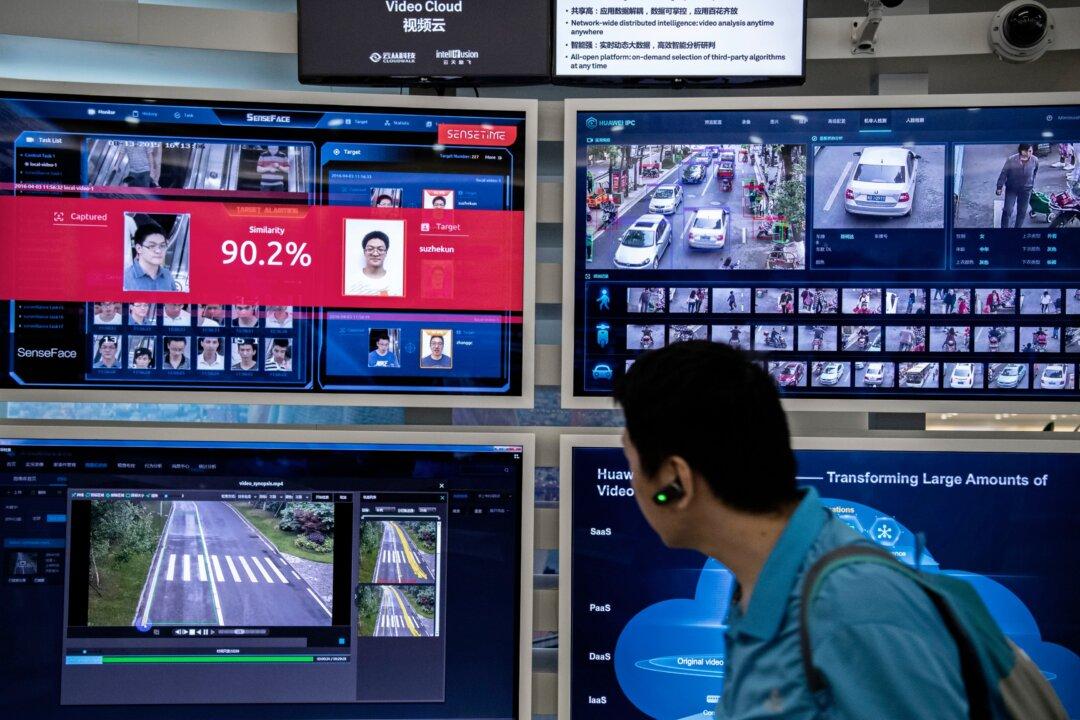Commentary
The People’s Republic of China has a formidable reputation in the field of facial recognition technology. This technology, which is increasingly used in surveillance operations to control China’s population, is widespread and intrusive.

The People’s Republic of China has a formidable reputation in the field of facial recognition technology. This technology, which is increasingly used in surveillance operations to control China’s population, is widespread and intrusive.